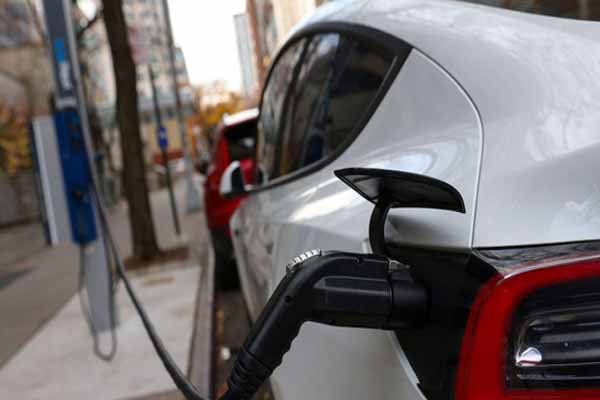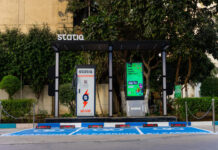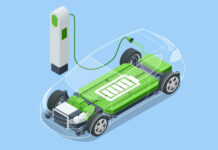Electric vehicle charging in Delhi is set to become more available and convenient after the Arvind Kejriwal government announced that it is planning to install over 5,000 kerbside charging points for electric vehicles on all major roads maintained by the Public Works Department (PWD) by 2025. In the pilot phase, 100 chargers will be installed, and eventually, more will be installed depending on the performance. The Delhi government launched the Delhi Electric Vehicle Policy in August 2020 with an aim to facilitate the transition to Battery Electric Vehicles, so that by 2024, at least 25 per cent of the total new vehicle registrations are electric vehicles.
What is kerbside charging?
Kerbside or curbside charging is a widely used concept to charge EVs while they are parked. The vehicles can be charged on roadside kerbs using either street light lamp posts or specialised charging posts set up for the purpose. Kerbside charging is widely used in cities like London and New York where 30 to 50 per cent of car users utilise charging points at streetside parking during the night. Both cities have over 5,500 kerbside EV chargers under use. Under the Delhi’s plan, kerbside charging facilities will be provided for two-wheelers (2W) and three-wheelers (3W). The charging infrastructure will be evenly distributed among the three DISCOMs, where Delhi Dialogue and Development Commission will oversee the project.
EV chargers in India
Union Minister Nitin Gadkari told Lok Sabha that there are 10 lakh EVs on Indian roads, whereas there are just 1,742 charging stations operational in public places across the country. As per Vahan 4 data there are a total of 10,76,420 EVs and a total of 1,742 Public Charging Stations (PCS), as per the Bureau of Energy Efficiency (BEE). There are over 30 electric vehicle supply equipment (EVSE) manufacturers that are into building charging stations for electric cars and two-wheelers. Some of the prominent manufacturers are AZBB India, Exicom, Fortrum India, Okaya, Tata Power, Numocity, Zevpoint, and P2 Power Solutions. Currently, Tata Power has the highest number of chargers, with over 300 EV charging stations operational.
The charging stations available in India generally have an app-based user interface. Users can locate the nearest charging station using the charging company’s app or your vehicle manufacturer’s app. At the station, one has to connect the charger to their vehicle’s charging port and use the app to activate the charger, and start charging the battery. Alternatively, card-based and RFID tag-based charging services are also offered by some companies in India. The charging costs at a public station differ from state to state, city to city. There are no uniform charges. The charges, which are calculated per kWh of electricity, are based on the charging time. They also vary by the charging speed offered by the charger.














